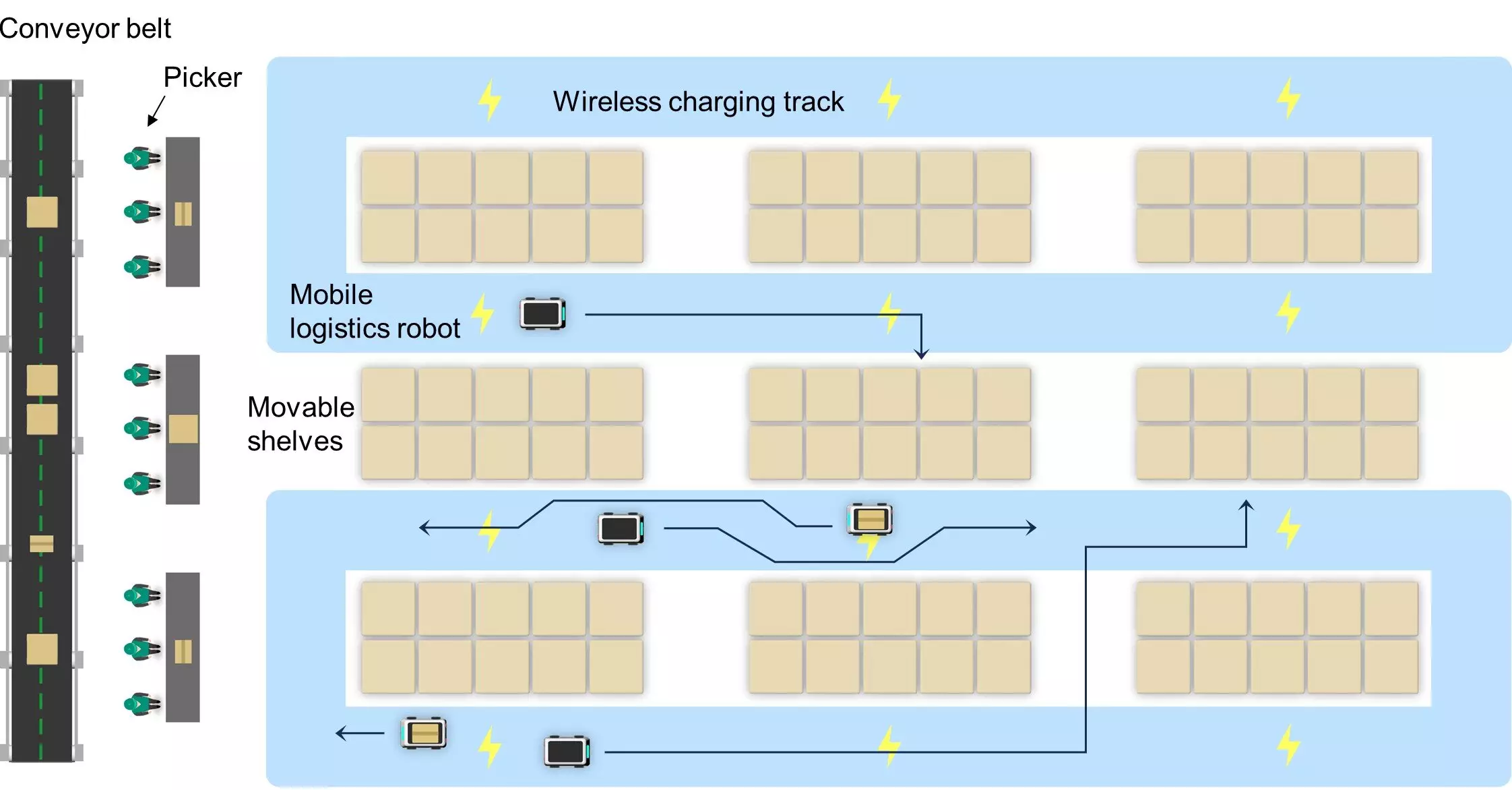The landscape of electric vehicle (EV) technology is rapidly evolving, particularly when it comes to addressing one of the most pressing issues for EV users: the availability of convenient charging solutions. A pioneering development from a research team at the Ulsan National Institute of Science and Technology (UNIST) is promising to transform the way electric vehicles receive power on the go. Under the guidance of Professor Franklin Bien from the Department of Electrical and Electronic Engineering, the team has introduced a revolutionary wireless charging track system, a leap forward as detailed in their research published in the journal *Applied Energy*.
At the heart of this innovation lies the principle of a strong, extensive magnetic field generated by a complex network of electrical wires. This setup empowers electric vehicles to receive a consistent flow of energy while they are in motion, effectively eliminating the need for cumbersome charging stations. Unlike traditional systems that often necessitate expensive ferromagnetic materials, this novel approach relies on the natural magnetic fields produced by the current flowing through the wires. This method not only supports forward and backward movement but does so with an impressive efficiency that could reshape transportation paradigms.
One of the defining features of this wireless charging system is its power transfer efficiency, which can be optimized to reach levels of up to 90%. Through advanced algorithms, the research team has fine-tuned the design of both the power supply tracks and the vehicle’s power receivers. This optimization is essential as it addresses the common industry challenge of balancing effective power transfer with system affordability and durability. While current technologies centered on ferromagnetic materials frequently fall short in these areas, UNIST’s innovative system seeks to overcome these limitations.
In addition to focusing on technological advancements, the UNIST research team has placed significant emphasis on safety protocols surrounding their wireless power supply system. Rigorous safety verifications have been conducted, ensuring compliance with standards established by reputable organizations such as the Institute of Electrical and Electronics Engineers (IEEE) and the International Commission on Non-Ionizing Radiation Protection (ICNIRP). This commitment to safety indicates a responsible approach to deploying this technology in real-world applications.
Professor Bien articulates a vision for the future of transportation, asserting that the flexibility of movement—both horizontally and vertically—should be an integral feature of electric vehicles. Current dynamic wireless charging technologies have yet to achieve this ambitious goal. Team member Hyunkyeong Jo highlights the practical implications of this wireless charging system, suggesting that its implementation could dramatically reduce issues related to lengthy charging periods and the anxiety surrounding limited driving ranges.
The research team at UNIST represents a significant stride forward in the electric vehicle industry. Their wireless power supply technology stands to revolutionize how electric vehicles are charged, promising a future where charging is both practical and seamless. As this technology matures, it may very well redefine mobility, making electric vehicles more accessible and user-friendly than ever before.


Leave a Reply